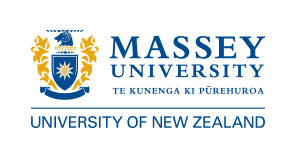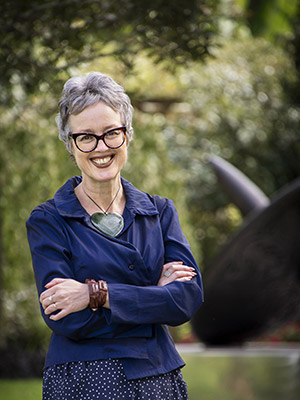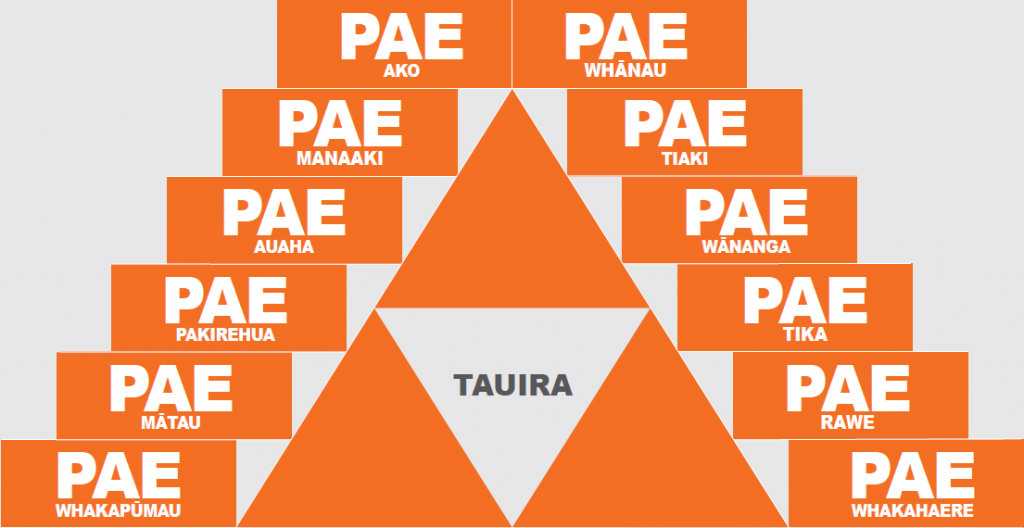ACTIVE LEARNING
Active learning is generally defined as any instructional method where students actively participate in and reflect upon their own learning. We recognise that students need to be involved and engaged participants in order to learn. The term ‘activity’ needs, therefore, to be interpreted in its broadest sense, including cognitive activity as well as writing. Solving a puzzle, constructing an argument, discussing a problem, summarising a reading, and practical work are all examples of activities that require the students to undertake a task that will help them learn.
BEING
In addition to the acquisition of knowledge and skills (knowing and doing), student learning involves developing self-awareness and self-development (being) that attends to the social, the emotional, and the experiential. ‘Being’ thus encompasses identity-formation and validation (for example professional identity, social identity, cultural identity), and includes the development of ethics and values.
BLENDED LEARNING
Blended learning refers to learning design that strategically, systematically and effectively integrates a range of face-to-face, online, mobile, distance, open, social and other technologically-enhanced learning across physical and virtual environments.
COLLABORATIVE LEARNING
This concept acknowledges that individual learning also takes place through interaction with others, either directly in person or through reading and writing. Collaborative learning involves communication between a teacher and learner, whether the teacher is a lecturer, a peer, or a textbook author, or a multitude of authors publishing in the subject or discipline. Interactions with other learners also facilitates learning through dialogue, discussion, and observation. The teacher and student also form a collaborative unit, working together to achieve student learning. While teamwork and group work are ways to facilitate social, relational and collaborative learning, we refer here to a broader framework, and this should not be taken as implying that every learning outcome should be achieved via group work.
ENTERPRISE
We define this term in its broadest sense; taking initiative and demonstrating resourcefulness, identifying new ways to solve old problems, developing innovative solutions, and undertaking projects or building platforms – both commercial and social enterprises – to deliver those solutions. The goal of student enterprise is focused on developing and acquiring transferable skills that are developed by supporting students’ opportunities to engage with applied learning experiences both within and alongside the formal curriculum.
INTERDISCIPLINARY
Interdisciplinary refers to the cognitive process by which individuals or groups draw on disciplinary perspectives and integrate their insights and ways of thinking to advance their understanding of a complex challenge, with the goal of applying understanding to a real-world problem. Interdisciplinarity requires the integration and synthesis of different perspectives, rather than a simple consideration of multiple viewpoints.
MULTIDISCIPLINARY
Multidisciplinary involves people from different disciplines working together, each drawing on their disciplinary knowledge to address a common challenge, but without attempting to integrate these different approaches.
PEDAGOGY
Pedagogy is the method and practice of teaching. It encompasses teaching styles and approaches, methods of feedback and assessment, and the theory of teaching.
RESEARCH-LED
This refers to the relationships between research, learning and teaching. Our curricula are research-led because they are informed by the most current knowledge and research in their disciplinary fields. Our pedagogies are research-led in that they are shaped and informed by the most current research and practice in education (including discipline-specific education) and SoTL. Our learning experiences are research-led in that students learn how to research through their learning experiences.
SCAFFOLD
The approach known as ‘scaffolded learning’ is described in the educational literature as the help and support provided to students, by both teachers and peers, that is gradually rebuilt or removed as the student gains the skills to be more independent. There are many ways that support can be provided including: dividing material or skills to be learned into organised chunks; gradually extending the complexity of tasks; providing examples; checking student understanding and clarifying areas of difficulty; and using illustrations, or metaphors to provide alternative ways to understand concepts. The concept of scaffolding informs the design of instructional activities at the course, programme and curriculum levels.
SCHOLARSHIP OF TEACHING AND LEARNING (SoTL)
The scholarship of teaching and learning encompasses practices that engage teachers in looking closely and critically at student learning in order to improve their own courses and programmes, and to share their insights with other educators (Hutchings, Huber, and Ciccone, 2011). SoTL can be understood as an approach that combines scholarly inquiry with the intellectual tasks that make up the work of teaching, i.e. designing a course, facilitating learning activities, testing new pedagogical ideas and determining student learning outcomes (Schulman, 1998). As Kern et al (2015) argue, ‘The three important attributes of SoTL (and which distinguish SoTL from excellent teaching) are ‘that the inquiry must be systematic or methodical to gain credible results, be shared in order to advance the goal of improving practice outside one’s own classroom and that the ultimate goal be the students’ learning that results from the faculty member’s teaching’. Finally, SoTL research may include, but is not limited to, reflection and analysis, interviews and focus groups, questionnaires and surveys, content analysis of text, secondary analysis of existing data, observational research, and case studies.
TEACHING SCHOLARS
Teaching scholars lead in demonstrating best practice teaching and learning and are exemplars for sharing and disseminating this work. Teaching Scholars lead SoTL and engage in innovative curriculum design, development and delivery, as appropriate to the level of academic appointment. Appointment to the role of Teaching Scholar requires evidence of teaching excellence, scholarly engagement with the relevant disciplinary and pedagogical literatures, and active and proven engagement with the scholarship of teaching and learning. The evidence of scholarship can include the publication of scholarly articles in leading journals, or its research equivalent in other disciplines.
TE TIRITI O WAITANGI-LED
Massey University has commenced the journey of what it means to be a Te Tiriti o Waitangi-led university. This means ensuring the principles and values of Te Tiriti o Waitangi, New Zealand’s founding document, are visible, recognised and implemented in terms of how we engage with the communities we serve; through teaching, research and community engagement.
TRANSDISCIPLINARY
Transdisciplinary generally combines an interdisciplinary process with a participatory approach that results in a new approach to teaching or research that is considered ‘more than sum of its parts’. To be transdisciplinary means generating knowledge that has both academic and practical implications and can bring a range of disciplines into a coherent whole. This is an approach often applied to ‘real world’ problem solving, which requires not only intellectual integration but also the political negotiation of conflicting or competing interests.


